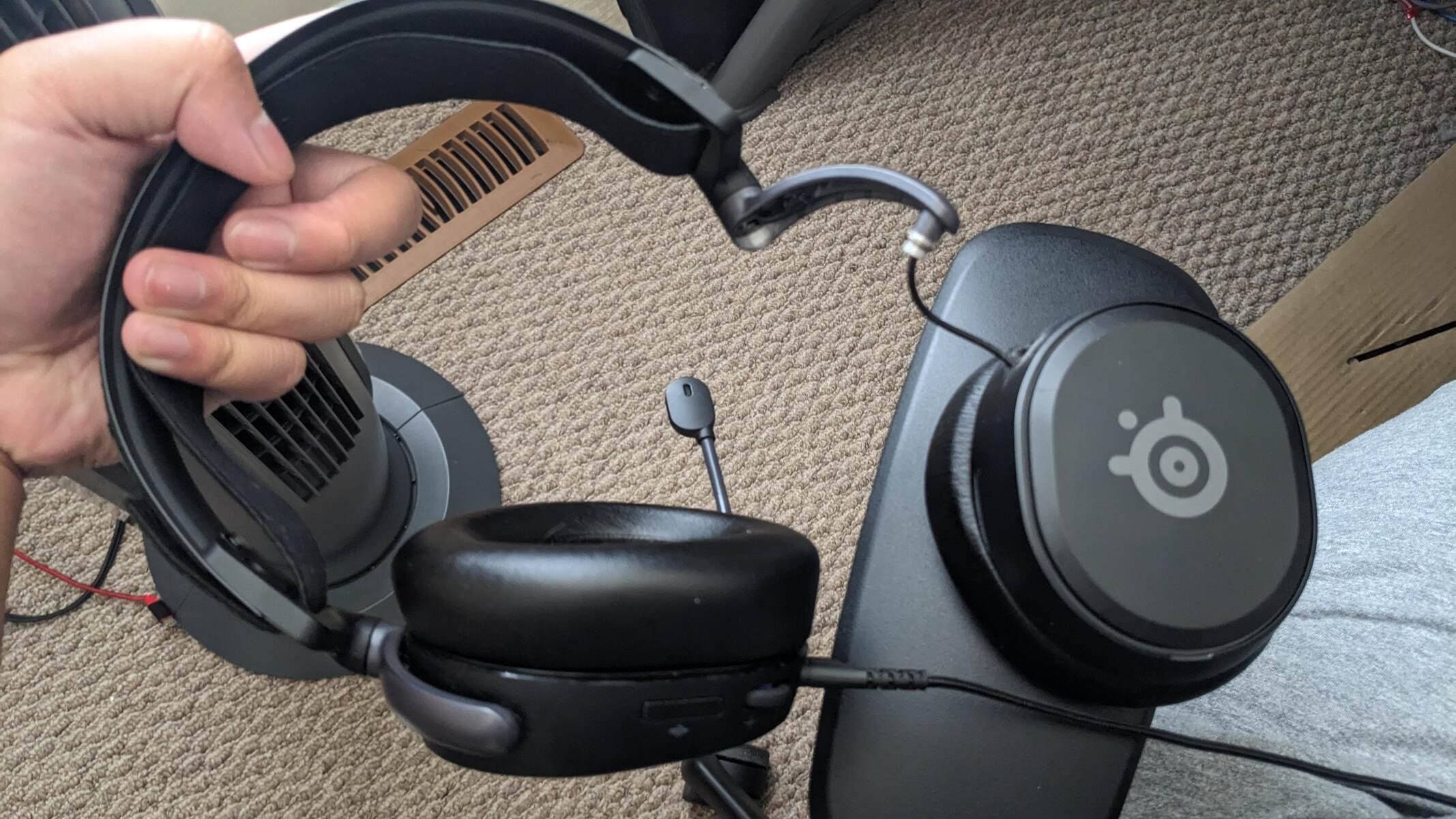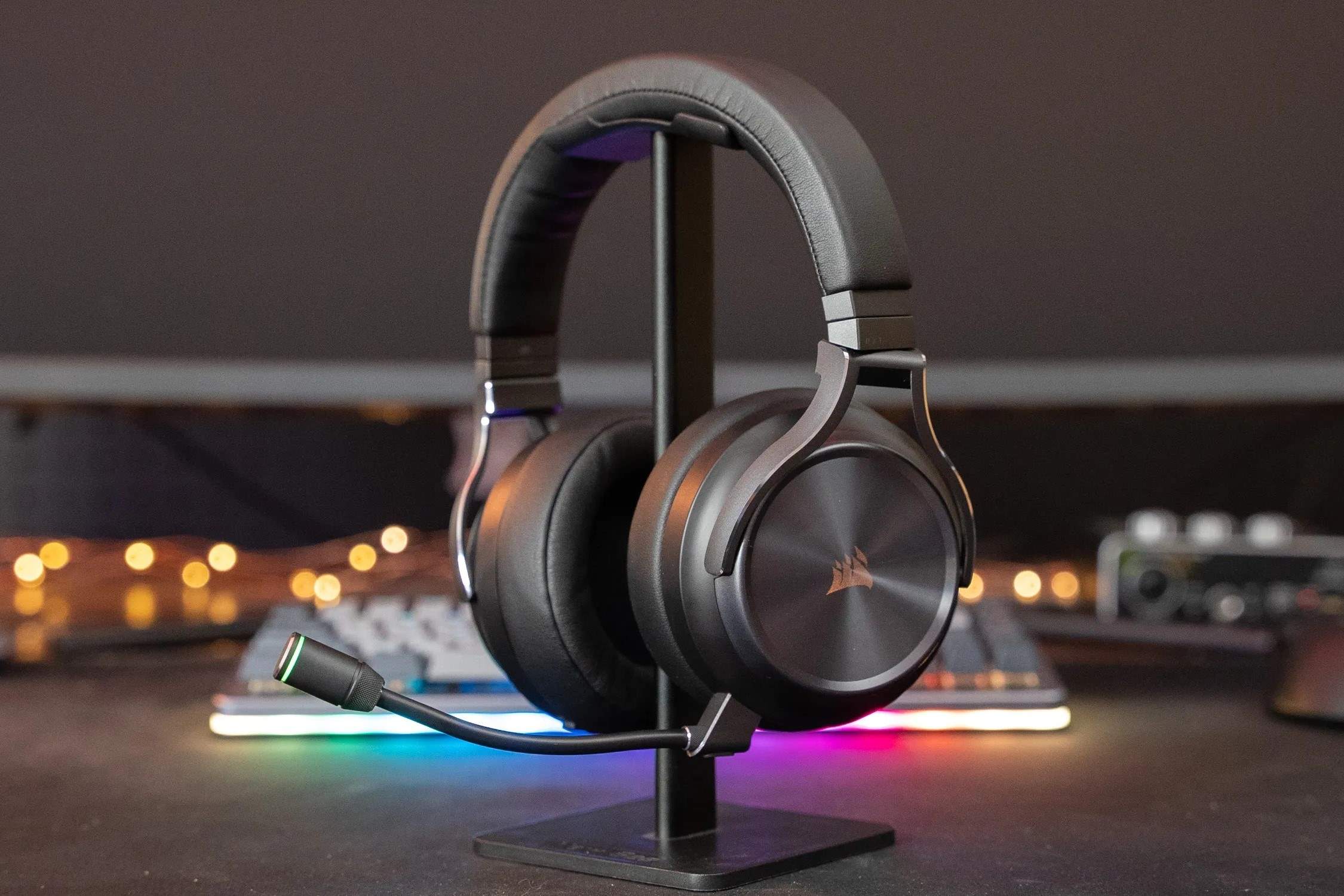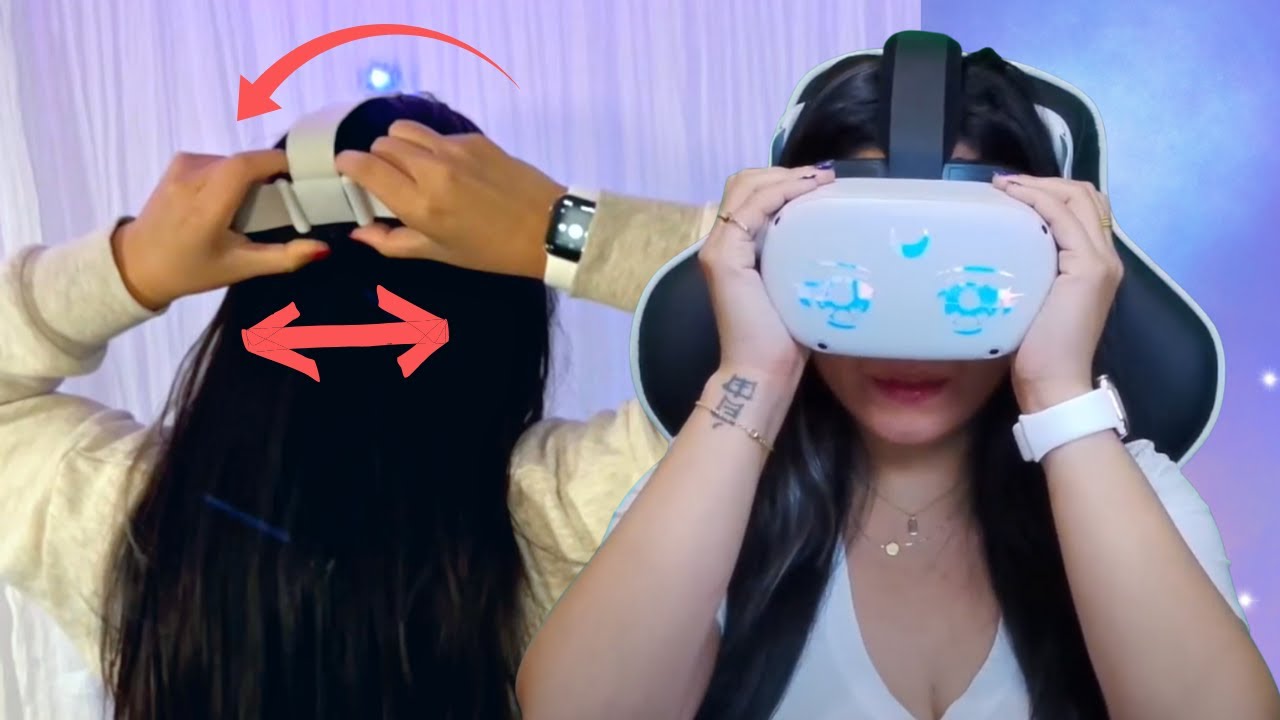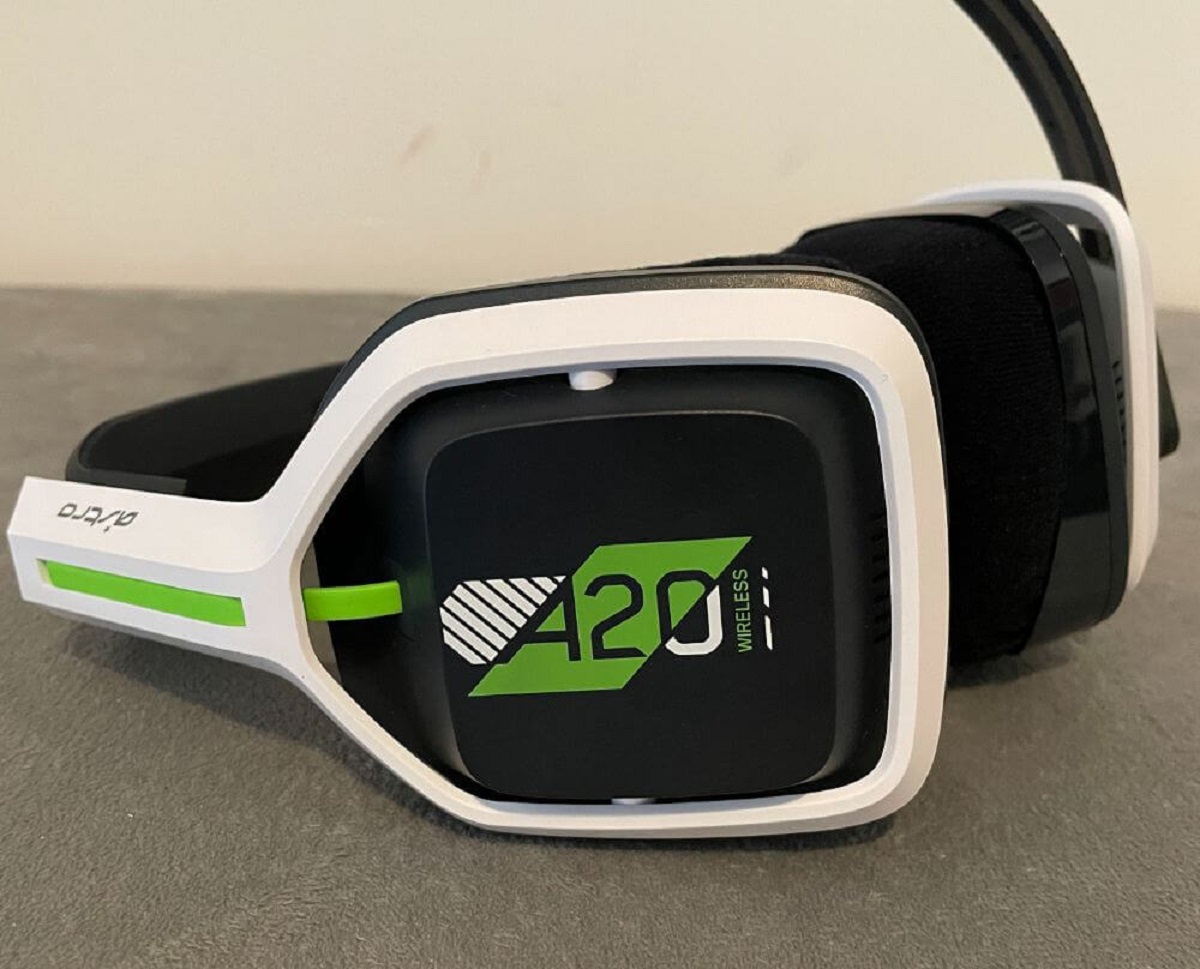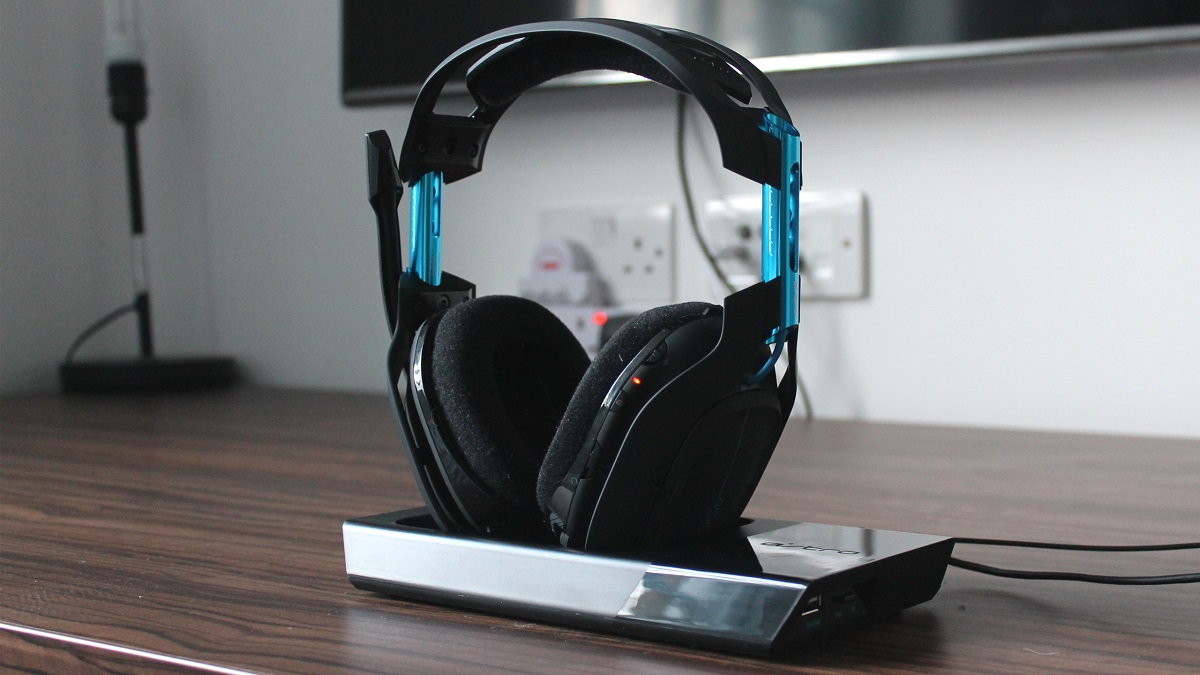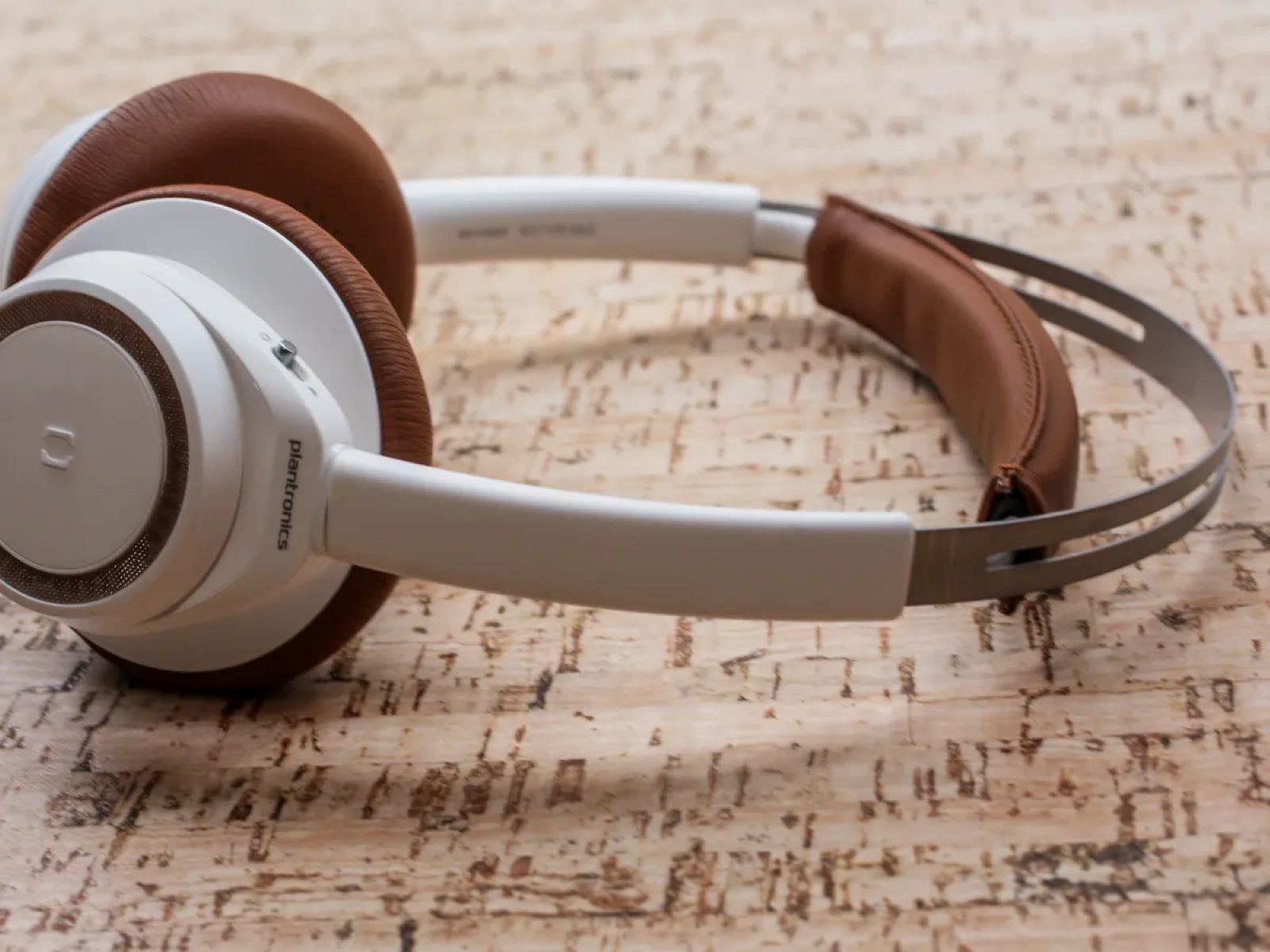Introduction
Headsets have become an indispensable part of our daily lives, serving as our gateway to immersive audio experiences, seamless communication, and uninterrupted productivity. Whether you use a headset for work, gaming, or simply to enjoy your favorite music, understanding the factors that influence its longevity is crucial. By delving into the intricacies of headset lifespan, you can make informed decisions to maximize the value and performance of your beloved audio companion.
From wired to wireless, over-ear to in-ear, headsets come in a myriad of designs and functionalities, each with its own unique set of considerations for prolonging its lifespan. By exploring the nuances of headset longevity, we can unravel the secrets to preserving the quality and functionality of these essential devices.
In this comprehensive guide, we will delve into the various factors that impact the lifespan of headsets, ranging from build quality and maintenance to usage patterns and environmental factors. Additionally, we will provide practical tips on extending the lifespan of your headset, ensuring that you get the most out of your investment. Moreover, we will highlight the telltale signs that indicate when it's time to bid farewell to your trusted headset and consider a replacement.
By gaining a deeper understanding of headset longevity, you will be empowered to make informed choices that not only enhance your audio experience but also contribute to sustainable gadget usage. So, let's embark on this enlightening journey to unlock the secrets of headset longevity and ensure that your audio companion stands the test of time.
Factors Affecting Headset Longevity
The longevity of a headset is influenced by a multitude of factors, each playing a pivotal role in determining its lifespan. Understanding these factors is essential for ensuring the prolonged functionality of your headset. Let's delve into the key elements that significantly impact the longevity of headsets:
-
Build Quality: The construction and materials used in the manufacturing of a headset are paramount in determining its durability. Headsets crafted from high-quality materials such as robust plastics, durable metals, and reinforced cables are more likely to withstand daily wear and tear, thus extending their lifespan.
-
Usage Patterns: The frequency and duration of headset usage directly impact its longevity. Continuous and extensive usage, especially at high volumes, can exert strain on the headset's components, potentially leading to premature wear and tear. Conversely, moderate and mindful usage can contribute to prolonged durability.
-
Environmental Factors: The environment in which a headset is used and stored can significantly influence its lifespan. Exposure to extreme temperatures, moisture, dust, and physical impact can compromise the structural integrity of the headset, potentially leading to malfunctions and reduced longevity.
-
Maintenance Practices: Proper maintenance, including regular cleaning, storage in a protective case, and gentle handling, can significantly contribute to the longevity of a headset. Neglecting maintenance can lead to the accumulation of debris, weakening of connections, and overall degradation of the headset's components.
-
Compatibility and Connectivity: The compatibility of a headset with various devices and the stability of its connectivity can impact its longevity. Incompatible connections, frequent disconnections, and unstable wireless signals can lead to strain on the headset's internal components, potentially shortening its lifespan.
-
Technological Advancements: The rapid evolution of audio technology can indirectly impact the longevity of headsets. As new features and advancements are introduced, older headset models may become obsolete or unsupported, affecting their overall usefulness and longevity.
By recognizing and addressing these factors, you can proactively safeguard the longevity of your headset, ensuring that it continues to deliver exceptional audio experiences for an extended period. Understanding the intricate interplay of these factors empowers users to make informed decisions and adopt practices that preserve the functionality and durability of their cherished headsets.
Tips for Extending the Lifespan of Your Headset
Ensuring the longevity of your headset involves proactive measures and mindful practices that can significantly impact its durability and performance. By implementing the following tips, you can extend the lifespan of your headset and continue to enjoy high-quality audio experiences for years to come.
1. Gentle Handling and Storage
Handle your headset with care, avoiding unnecessary bending or twisting of cables and components. When not in use, store your headset in a protective case or on a dedicated stand to prevent entanglement and minimize exposure to environmental factors.
2. Regular Cleaning
Maintain the cleanliness of your headset by gently wiping the ear cups, headband, and cables with a soft, slightly damp cloth. Avoid using harsh chemicals or excessive moisture, as these can damage the materials. Additionally, regularly clean the audio ports and connectors to prevent the accumulation of debris.
3. Mindful Usage
Adopt mindful usage habits, such as avoiding excessively high volume levels and prolonged usage sessions. Taking periodic breaks and adjusting the volume to a comfortable level not only protects your hearing but also reduces strain on the headset's components.
4. Protective Storage
When not in use, store your headset in a dry, dust-free environment away from direct sunlight and extreme temperatures. Utilize a protective case or designated storage area to shield the headset from physical damage and environmental stressors.
5. Cable Management
Proper cable management is essential for preserving the integrity of wired headsets. Avoid excessive bending or coiling of cables, as this can lead to internal wire damage. Utilize cable organizers or clips to maintain a tidy and strain-free cable arrangement.
6. Firmware Updates
For wireless and USB-connected headsets, stay updated with firmware releases from the manufacturer. Firmware updates often include performance enhancements and bug fixes, contributing to the overall longevity and compatibility of the headset.
7. Compatibility Checks
When connecting your headset to various devices, ensure compatibility and stability of connections. Avoid forcing incompatible connections, as this can lead to damage. Additionally, regularly inspect and clean the connectors to maintain optimal connectivity.
8. Protective Measures During Transport
When traveling with your headset, employ protective measures such as using a durable carrying case and securing cables to prevent tangling. This safeguards the headset from physical damage during transit.
By integrating these proactive measures into your headset usage routine, you can significantly prolong its lifespan and preserve its audio quality. These tips not only contribute to the longevity of your headset but also enhance your overall audio experience, ensuring that your headset remains a reliable and cherished companion for years to come.
Signs Your Headset Needs to be Replaced
Recognizing the signs that indicate your headset is reaching the end of its lifespan is crucial for maintaining optimal audio quality and functionality. As headsets endure usage and environmental stressors, certain indicators emerge, signaling the need for a replacement. By being attentive to these signs, you can preemptively address potential issues and seamlessly transition to a new headset when necessary.
1. Audio Quality Degradation
One of the primary indicators that your headset may need replacement is a noticeable decline in audio quality. If you begin to experience distorted sound, fluctuating volume levels, or muffled audio despite adjusting settings and trying different devices, it could signify internal component wear or damage. Persistent audio issues that persist despite troubleshooting may warrant considering a replacement to restore pristine audio performance.
2. Physical Wear and Tear
Inspecting the physical condition of your headset is essential in gauging its longevity. Signs of wear and tear, such as frayed cables, cracked headbands, or deteriorating ear cushions, indicate that the structural integrity of the headset may be compromised. Additionally, loose or damaged connectors and visibly worn components are indicative of prolonged usage and may necessitate the retirement of the headset.
3. Connectivity Issues
Frequent connectivity issues, particularly in wireless headsets, can be indicative of internal component malfunctions or signal degradation. If you consistently encounter pairing difficulties, intermittent signal dropouts, or unresponsive controls despite ensuring proper device compatibility and maintenance, it may be a sign that the headset's connectivity mechanisms are failing, warranting consideration for a replacement.
4. Unresolved Technical Glitches
Persistent technical glitches, such as unresponsive buttons, erratic microphone behavior, or inconsistent audio output, can indicate underlying hardware or software issues that may not be easily rectifiable. If these glitches persist despite firmware updates and troubleshooting, it may be a clear indication that the headset has reached the end of its operational reliability.
5. Obsolescence and Compatibility Challenges
As technology advances, older headset models may face obsolescence, leading to compatibility challenges with modern devices and software. If you find that your headset is no longer supported by firmware updates or exhibits compatibility issues with newer devices, it may be a compelling reason to consider upgrading to a more current and compatible headset.
By being vigilant of these signs, you can proactively assess the condition of your headset and make informed decisions regarding its replacement. Recognizing these indicators empowers you to seamlessly transition to a new headset, ensuring that you continue to enjoy uncompromised audio experiences and productivity.
Conclusion
In conclusion, understanding the lifespan of your headset is pivotal in maximizing its utility and ensuring a seamless audio experience. By exploring the factors that influence headset longevity, including build quality, usage patterns, environmental considerations, maintenance practices, compatibility, and technological advancements, users can adopt proactive measures to safeguard the durability and performance of their headsets.
Furthermore, implementing practical tips for extending the lifespan of headsets, such as gentle handling, regular cleaning, mindful usage, protective storage, and firmware updates, enables users to prolong the longevity of their audio companions while enhancing their overall audio experiences.
Recognizing the signs that indicate when a headset needs replacement, including audio quality degradation, physical wear and tear, connectivity issues, technical glitches, and obsolescence, empowers users to make informed decisions regarding the retirement of their current headset and the seamless transition to a new, reliable audio companion.
Ultimately, the journey to unraveling the secrets of headset longevity equips users with the knowledge and insights necessary to preserve the functionality and audio quality of their headsets, contributing to sustainable gadget usage and prolonged enjoyment of immersive audio experiences.
By embracing these principles and practices, users can embark on a path that not only enhances the longevity of their headsets but also promotes a culture of mindful gadget usage, ensuring that audio companions continue to enrich and elevate everyday experiences for years to come.







